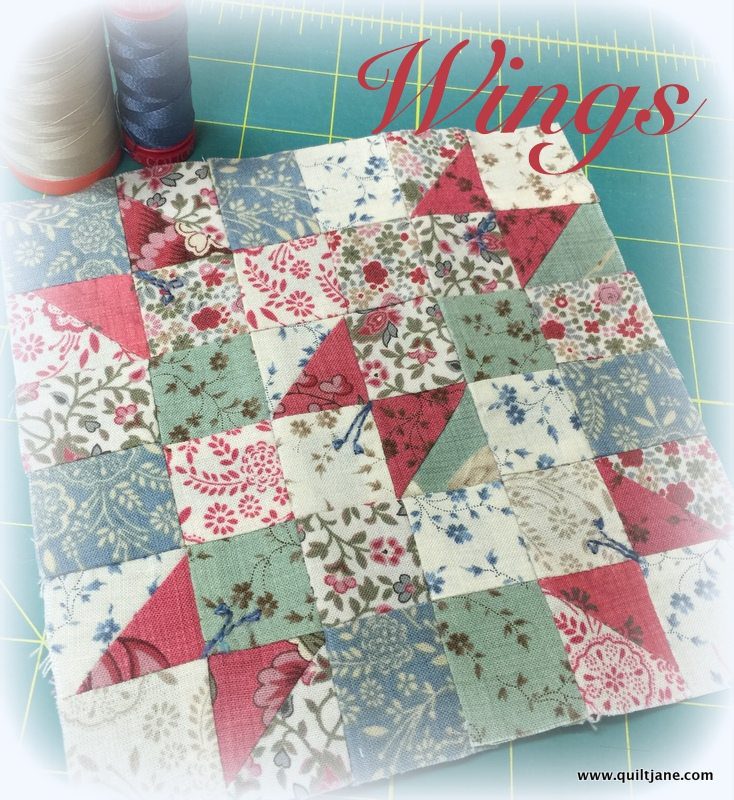
The Splendid Sampler™ – Block 2 Wings
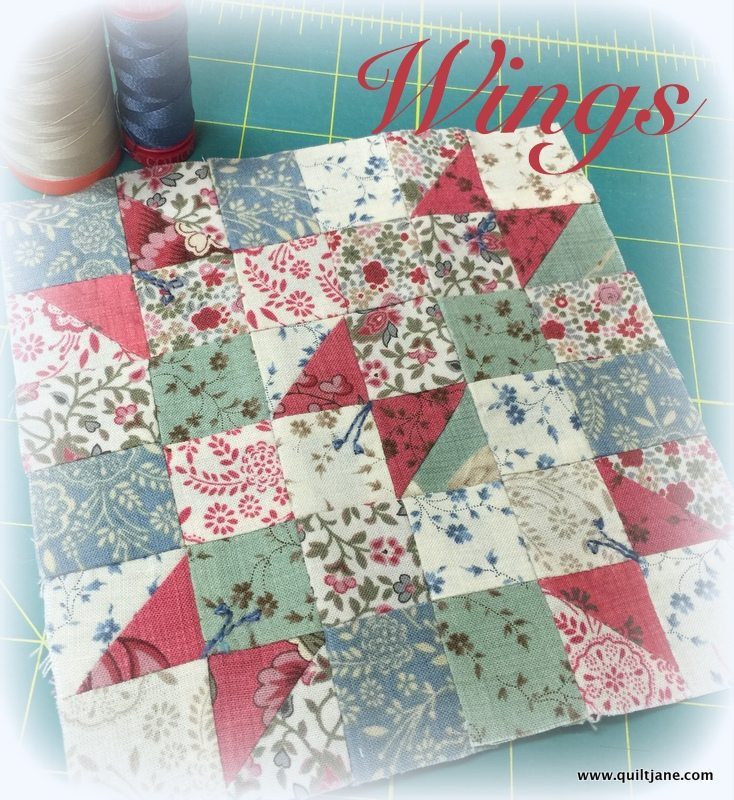
Block 2 of the Splendid Sampler™ has arrived. 10 – 1 1/2″ half square triangle (HST) butterflies nesting amongst a garden of 26 – 1″ finished squares. This is what we would call a 6-patch block configuration. It’s a great way to used up those tiny scraps and practice your small piecing technique.
Here are some tips for small piecing:
Stabilise the fabric.
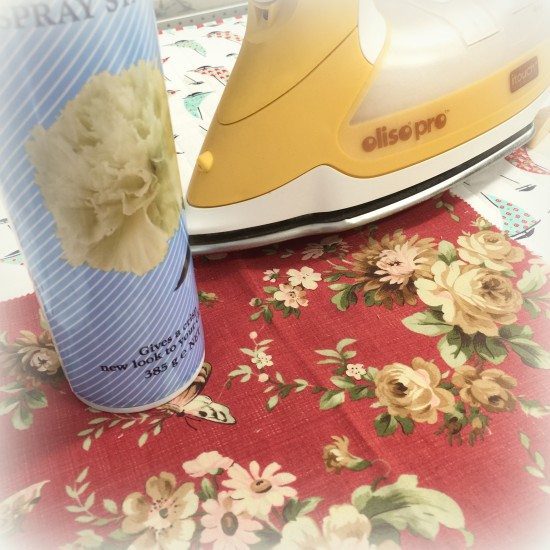
Use a starch product to give body to the fabric before cutting. It makes it easier to cut stretchy or open weave cottons. I use a spray starch from the super market and following manufacturers instructions on the can give it a few sprays to make it nice and firm. I don’t starch again until the block is finished.
[wc_divider style=”dashed” line=”single” margin_top=”” margin_bottom=””]
Sharp is best.
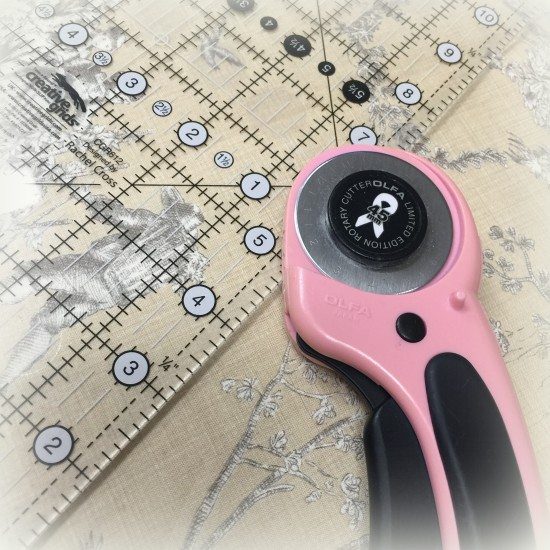
Replace the blade in your rotary cutter if it is dull and grabbing the fabric. If it starts to miss threads as it cuts it probably needs replacing. When you cut it should feel like your are slicing through fresh bread. Also, check your cutting mat for nicks and tears. This can cause the blade to slip.
[wc_divider style=”dashed” line=”single” margin_top=”” margin_bottom=””]
Accuracy in cutting.
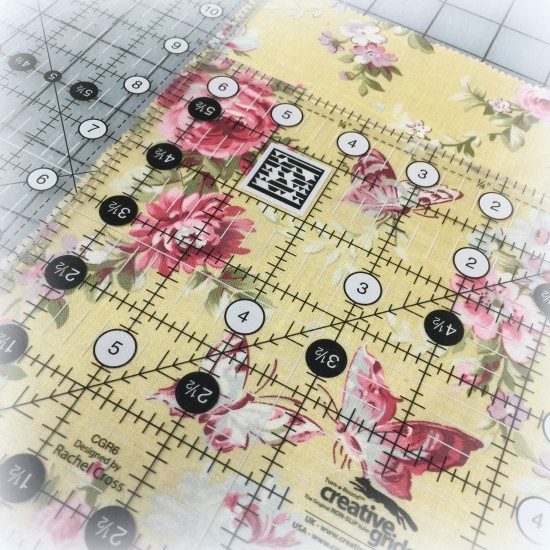
Take time and cut your pieces accurately. Piecing is easier if your pieces are square. Sometimes when cutting many strips the straight cutting line drifts on an angle. Check after every cut that the edge is straight. Trim if necessary.
Look directly over your ruler as you cut and move your hand as you cut up the ruler to hold it firm so it does not slip.
Here is a great youtube video on how to cut fabric.
[wc_divider style=”dashed” line=”single” margin_top=”” margin_bottom=””]
Thread
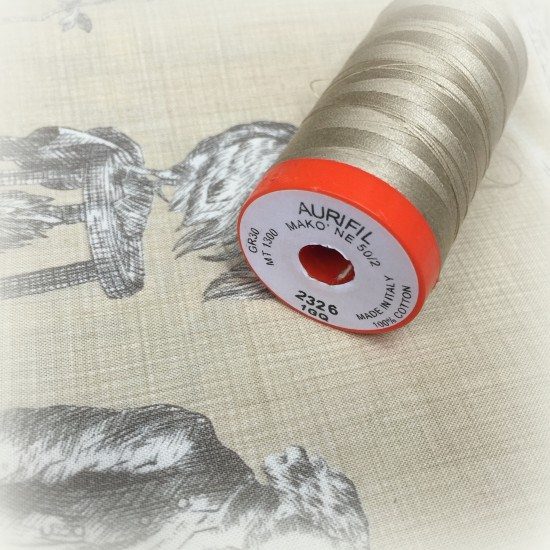
Use a good quality 50wt thread for piecing. 50wt is a finer thread that helps alleviate the bulk in a stitched seam. It’s very strong ( I use it in long arming). My favourite thread is Aurifil.
Choosing the right colour thread is also important. Select a thread that blends. Go light if the block has a majority of white or light fabrics.
[wc_divider style=”dashed” line=”single” margin_top=”” margin_bottom=””]
Accurate seams.
Sewing with a scant seam assists in compensating for the compounded loss in measurement from multiple seams. What is a scant seam? It’s a seam 1-2 threads shy of a 1/4″. Setting up your machine to sew the perfect scant seam is a must.
For example: Imagine you have 5 seams in one row of this block. For each seam you may sew a tad over the 1/4″ seam allowance. That may add up to 1/16″. Compound this figure with the width lost in the thickness of the thread and impact of pressing the seam to one side. It may add another 1/16″, 1/8″ or 1/4″ loss in the final measurement.
Here is a list of a few places to start when deciphering the mysteries of the scant seam:
Scant – 5 little letter (Moda)
Quiltcetera – quarter inch accuracy
Pat Sloan – Test your 1/4 seams
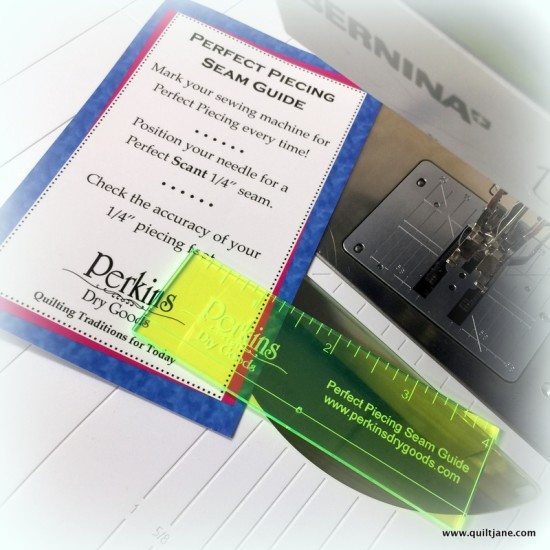
[wc_divider style=”dashed” line=”single” margin_top=”” margin_bottom=””]
Single hole sewing plate
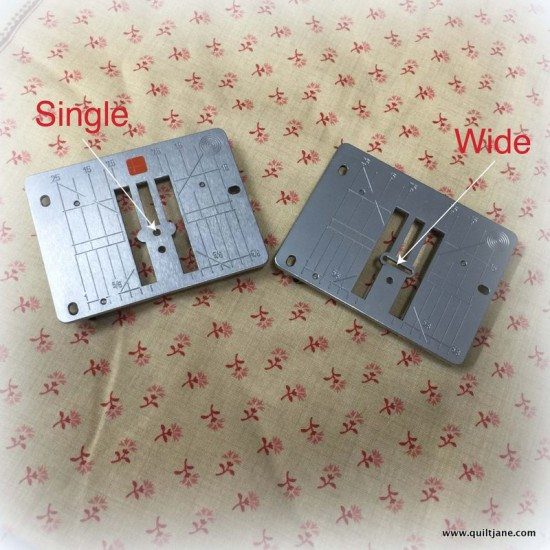
This plate is a must for straight stitching. Not all machines have them but if you do have one, use it. It stops the fabric being sucked in. My machine has a safety feature which locks the stitch width to ‘0’ so if I change the stitch type to zigzag it will not break the needle. If you don’t have a stitch width locking feature make sure you place a sticky note warning on your machine so you avoid a nasty accident.
[wc_divider style=”dashed” line=”single” margin_top=”” margin_bottom=””]
Scrap starters

They are known by many names but they all have the same purpose to make it easy to start piecing. Does your fabric get sucked into the plate? Do you find it hard to start on a pointed corner of a triangle piece? Staring from half way, stitch through a small scrap of folded fabric first and then continue on to your first piece leaving about 1/4″ of thread. It is similar to chain piecing. It provides enough tension to keep the fabric running smoothly under the foot and over the feed dogs.
[wc_divider style=”dashed” line=”single” margin_top=”” margin_bottom=””]
Pressing seams
I have made this block 4 times. I tried with seams open and seams to one side. Opening your seams does remove bulk and makes the block flatter in appearance. It also helps with the accuracy of the final measurement by removing the amount lost when the seam is folded over to one side.
Don’t be afraid to open seams. Some helpful tips are (1) Start and finish your seam with locking stitches and (2) check the tension of your stitches when you press the seam open. Are the stitches too loose? Sometimes shortening the stitch length a tad can help.
[wc_divider style=”dashed” line=”single” margin_top=”” margin_bottom=””]
Extra tidbits
- Starch your block once it is complete and square block. I am leaving all my blocks to square until my 100 blocks are completed. I’ll give them another starch, press and square to the same size all at once.
- Press your block, not iron the seams so that you are not stretching the fabric and skewing the block.
- If you need to unpick a seam or two (or three), unpick gently as not to stretch the block. If you have had to unpick many times and a piece is looking a bit shabby, cut another one and replace it.
- (Optional) Some fabrics tend to fray around the edges. Sew a stay stitch around your block 1/8″ from edge. This helps stabilise the block and keeps the seams from pulling.
- Try making the half square triangles without drawing lines. I use the CPA by Kari Carr.
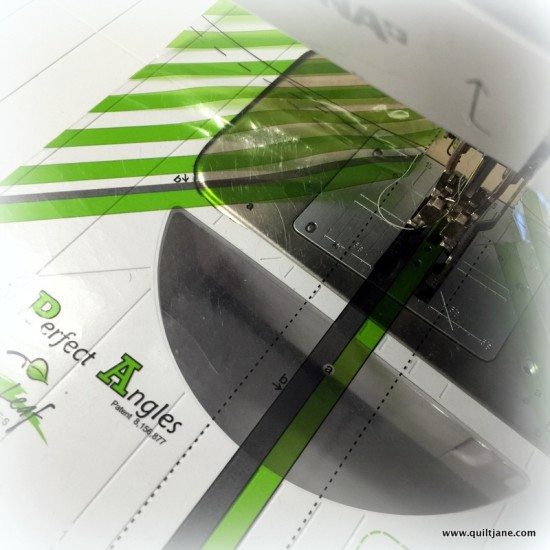
What would a kaleidoscope or swarm of butterfly blocks look like ….. ?
Did you know a group of butterflies is called a kaleidoscope or swarm? I like kaleidoscope better. It has a more quilty sound to it.
I always have a little play when I design a block to see what it would like in a quilt. The wings of the butterflies make a secondary star pattern.
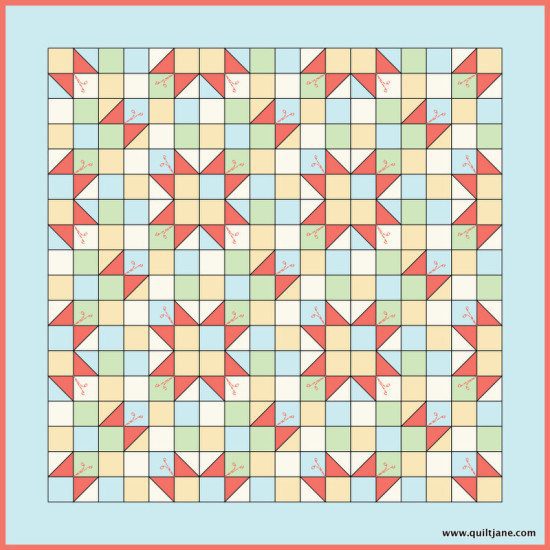
[wc_divider style=”dotted” line=”single” margin_top=”” margin_bottom=””]
To celebrate the release of the second block and my first of nine in this series I am having a giveaway.
The Fat quarter shop is giving one Splendid Sampler™ member the opportunity to win a Splendid Sampler™ FQ bundle. FQS have put together two bundles – Contemporary and Traditional and the winner can choose their favourite. Leave me a comment on this post telling me something splendid about your day. I will announce a winner next Thursday, 25th Feb 2016.






